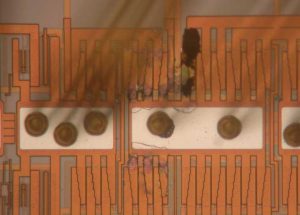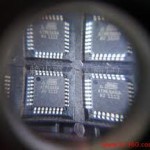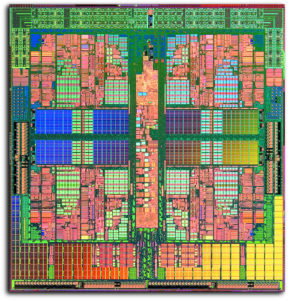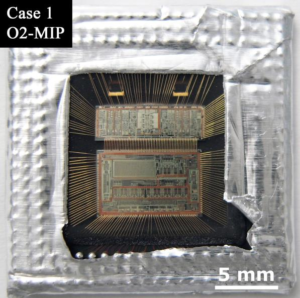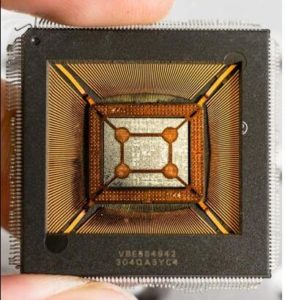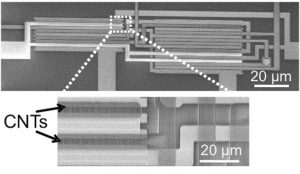Unlock Microcontroller ATtiny88V Heximal
Unlock Microcontroller ATtiny88V encrypted memory which include flash and eeprom, then extract the Heximal out from its memory and copy the content to other blank MCU ATtiny88V;
Figure 11 shows the internal timing concept for the register file. In a single clock cycle an ALU operation using two register operands is executed, and the result is stored back to the destination register.
All ATtiny88v I/O and peripheral registers are placed in the I/O space. The I/O locations are accessed by the IN and OUT instructions transferring data between the 32 general purpose working registers and the I/O space.
I/O registers within the address range $00 – $1F are directly bit-accessible using the SBI and CBI instructions. In these registers, the value of single bits can be checked by using the SBIS and SBIC instructions.
Refer to the instruction set chapter for more details. For compatibility with future devices, reserved bits should be written zero if accessed. Reserved I/O memory addresses should never be written which can be applied in the process of MCU Program reading.
The I/O and peripheral control registers are explained in the following sections. The global interrupt enable bit must be set (one) for the interrupts to be enabled.
The individual interrupt enable control is then performed in the interrupt mask registers – GIMSK and TIMSK. If the global interrupt enable register is cleared (zero), none of the interrupts are enabled independent of the GIMSK and TIMSK values.
The I-bit is cleared by hardware after an interrupt has occurred, and is set by the RETI instruction to enable subsequent interrupts.
The bit copy instructions BLD (Bit LoaD) and BST (Bit STore) use the T-bit as source and destination for the operated bit.
A bit from a register in the register file can be copied into T by the BST instruction, and a bit in T can be copied into a bit in a register in the register file by the BLD instruction.
Tags: unlock microcontroller source archive,unlock microcontroller source binary,unlock microcontroller source code,unlock microcontroller source content,unlock microcontroller source data,unlock microcontroller source eeprom,unlock microcontroller source file,unlock microcontroller source firmware,unlock microcontroller source heximal,unlock microcontroller source information,unlock microcontroller source memory,unlock microcontroller source program


